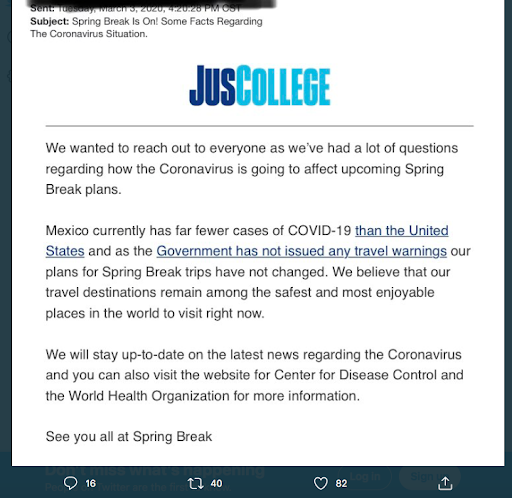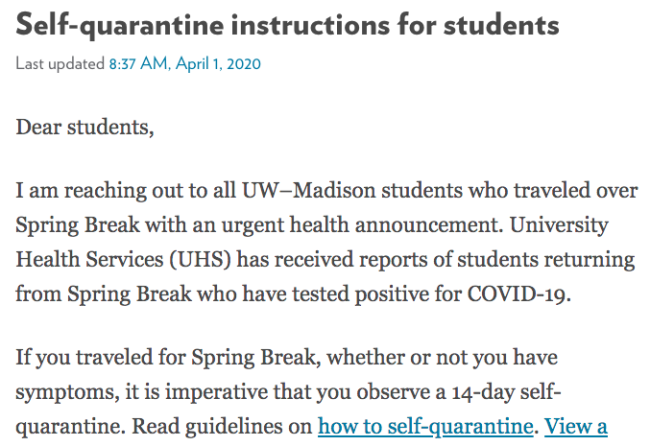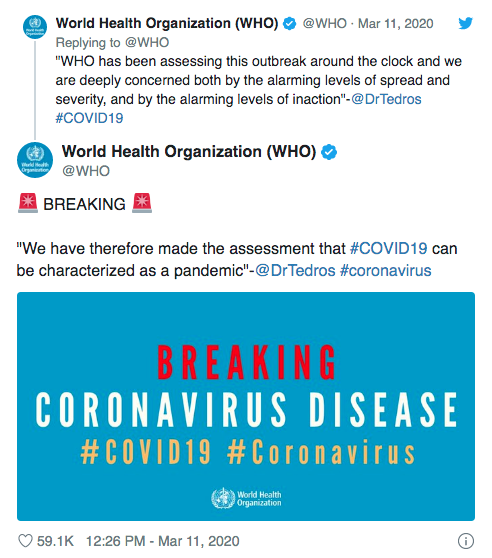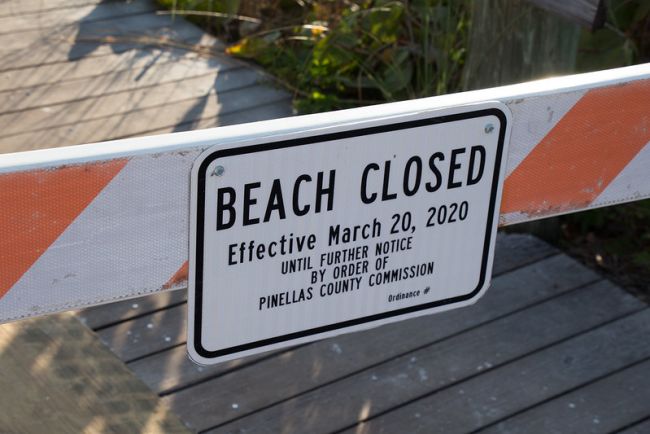Last month, some college students across the United States took part in spring break activities with little regard for the warnings signaled by selective travel bans that were beginning to be enforced due to the outbreak of COVID-19.
One source compiled social media posts from angry detractors, who blamed spring breakers for putting themselves and others at risk.
Over 211 students from the University of Texas at Austin, UT Austin, traveled to Cabo San Lucas for spring break around March 14. Over 25 percent of those students have tested positive for COVID-19.
As of April 1 over 28 cases of COVID-19 were reported amongst those spring-breakers. The number of students who tested positive climbed to 49 as of April 3. That number then grew to 53 as of April 15.
Some students who were concerned about COVID-19 emergence, attempted to opt out of going on the spring break trip. JusCollege, the travel company who organized the spring break trip, contacted concerned students on March 3 with an email communication assuring both students and parents that traveling to Mexico was safe, despite CDC warnings. The company also informed them, in a separate communication on March 15, that they would not receive refunds.

In Santa Clara County, Texas, just an hour away from Austin, Texas, there were 11 reported cases of the virus the day the first email was sent. Also, a little over an hour away from UT Austin, in San Antonio, Texas, Mayor Nirenberg declared a public health emergency related to the coronavirus just two days prior to the first email communication between JusCollege and UT Austin students. On March 15, when the second email was sent from the company, the deaths in Santa Clara County, Texas climbed to 114.
Other university students have also tested positive after returning from spring break trips to Florida, Alabama, Tennessee and elsewhere. University of Wisconsin in Madison, UW Madison, spring breakers began in Nashville, Tennessee, around March 13 and then traveled to Gulf Shores, Alabama, on March 16.
Students who participated in spring break at UW Madison were instructed by the University on April 1, to self-quarantine, as the university was made aware that many students who participated in spring break had confirmed positive for COVID-19.

While the actions by the spring breakers might be questionable, there was a lack of clarity in the messages given the nation. Therefore Amerians were unprepared for the severity of the virus.
For example, the World Health Organization declared COVID-19 as a pandemic on March 11. As of that day Cabrini’s campus was not planning to shut-down. The decision was finally made by the university’s president to move classes to an online format starting March 23.

The CDC didn’t start until March 28, to issue domestic travel advisories. Those advisories were only for three states: New York, New Jersey and Connecticut. These advisories came following the trips made by both UT Austin and UW Madison spring breakers.
Just one month ago the public at masses was advised not to wear a mask, that it wouldn’t protect anyone but healthcare providers and patients with confirmed or suspected cases of COVID-19.
On March 8, Dr. Anthony Fauci, infectious disease expert and presidential adviser on domestic and global health issues, said, “There’s no reason to be walking around with a mask.”
It was not until this past week that many states such as New York, Pennsylvania and New Jersey required the public to wear masks in public spaces.
According to the Centers for Disease Control and Prevention, CDC, as of Wednesday, April 22, 2020, there are 605,390 reported COVID-19 cases and 44,575 deaths in the United States. As of Wednesday, April 22 there were 35,684 confirmed cases and 1,622 deaths in Pennsylvania.




